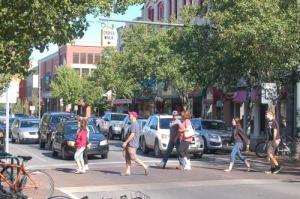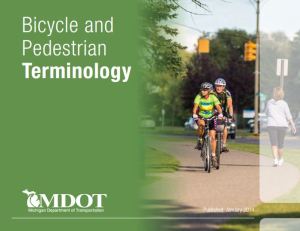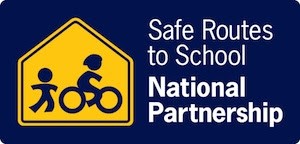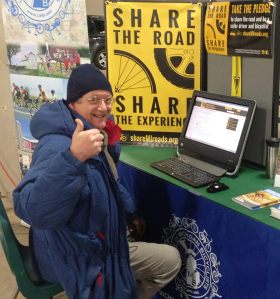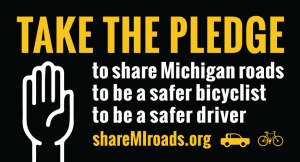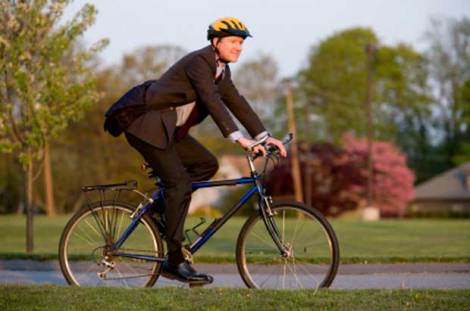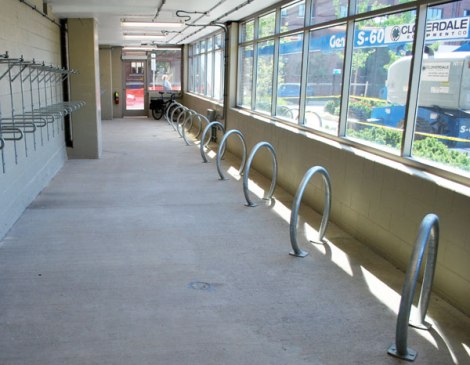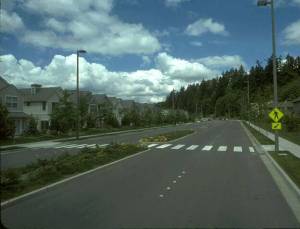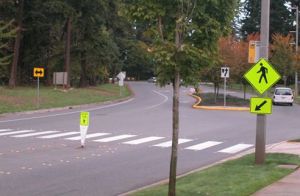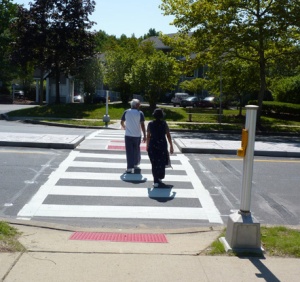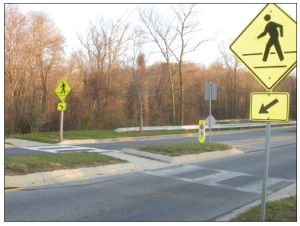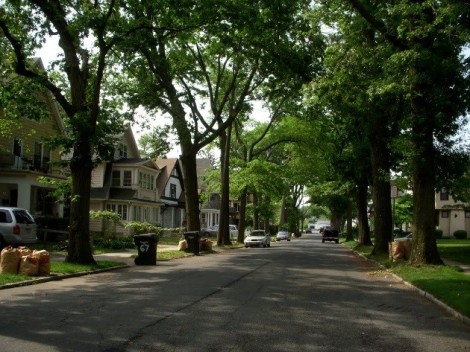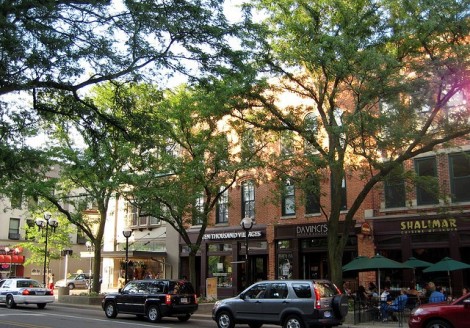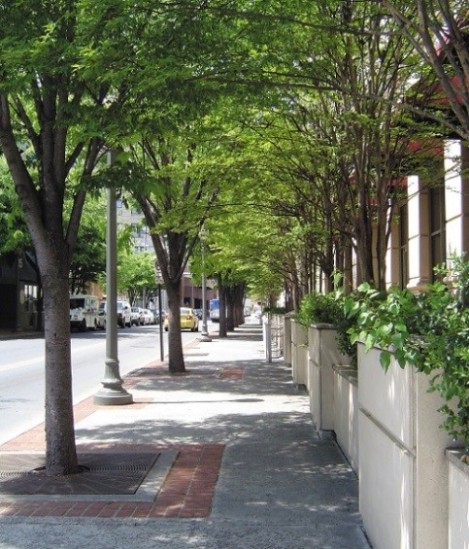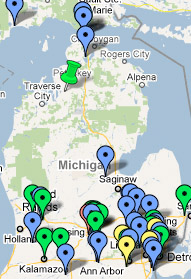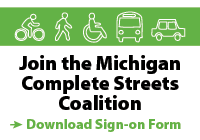By Dennis Pelham
Daily Telegram Staff Writer
Posted Jan. 11, 2014 @ 3:00 pm
ADRIAN
Philosophical opposition to state government influence to create local bicycle and pedestrian paths gave way to concern for economic growth in Lenawee County.
The county commission overrode opposition from the county parks commission, the road commission and several townships to vote support Wednesday for the state’s Complete Streets Initiative. A resolution titled “comprehensive transportation systems” passed by a 6-2 vote.
Two citizens spoke against supporting Complete Streets before the vote.
Kathy Klumpp of Franklin Township said the parks commission voted against a Complete Streets resolution in July after debating the issue for four months.
“I am surprised that you commissioners are taking up this issue again so soon, and would like to know who or what is influencing you to possibly do an about-face?” she said Wednesday, reading from a prepared statement.
“Will you stand up and defend my private property rights if I am faced with claims of eminent domain because of a Complete Streets mandate?” she asked.
Chip Conin of Morenci said he believes Complete Streets is part of a government social engineering effort to force a reduction in automobile use.
“It’s time we look forward,” said commissioner Cletus Smith, R-Madison Twp.
He asked to put the resolution on Wednesday’s agenda, he said, because he believes it is needed to advance economic growth efforts in the county. The measure will improve grant opportunities for businesses and local governments, he said.
“I’m having a real hard time with this,” Smith said. He still believes the county should not try to dictate how the road commission and local governments spend their road money, he said, but he also believes economic development is a higher priority.
County administrator Martin Marshall said the resolution does not mandate local governments and other agencies to do anything.
“What you are resolving to do is comply with state statutes,” Marshall said. State law already requires the county’s master plan and parks plan to consider bicycle paths and other non-motorized transportation options.
“You don’t have to do them,” Marshall said.
State law already requires that all transportation options be considered in government plans at all levels, said commissioner David Stimpson, R-Tecumseh.
“You don’t have an option,” he said. “That’s what the law says.”
Commissioner Terry Collins, R-Adrian, said local governments are aware of all the costs and requirements involved in grants when they apply for them. And pedestrian and bicycle paths are an asset for communities.
“There’s a quality-of-life issue that has to be addressed here,” Collins said.
Commissioner Jim Driskill, R-Hudson, said he enjoys using a bicycle path the city of Hudson has developed and is in the process of expanding.
“I for one would have to support the Complete Streets because of what I’ve seen,” he said.
“I believe this is very important,” said K.Z. Bolton, D-Adrian. The resolution will enhance local governments’ ability to provide options such as bicycle and pedestrian paths and urged a vote “to open the door for the community with this tool.”
Voting against the resolution were commissioners Chris Wittenbach, R-Clinton, and Jack Branch, R-Onsted. Commissioner Ralph Tillotson, R-Adrian Twp., was absent.
Wittenbach said he was voting no because of opposition votes by the parks commission and boards of three townships in his district.
This article originally appeared in the Daily Telegram on January 11th, 2014. Used here with author’s permission.
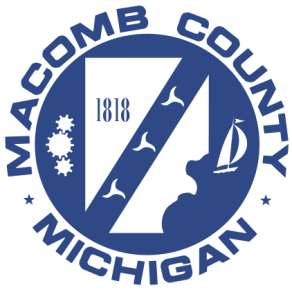 FOR IMMEDIATE RELEASE: June 20, 2014
FOR IMMEDIATE RELEASE: June 20, 2014
